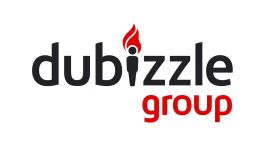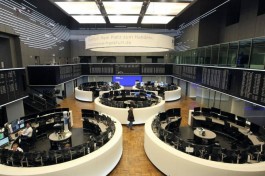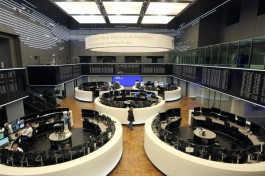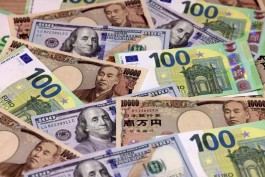Oil prices steadied after two days of gains as traders assessed rising tensions in the Middle East, signs of rising U.S. inventories and the likely path of the Federal Reserve's interest rate path.
Brent crude was trading near $74 a barrel after rising about 3% over the previous two days, with WTI above $71. Hezbollah has accused Israel of orchestrating a pager attack in Lebanon that killed several people and wounded thousands. The incident has raised fears of a full-scale war in the Middle East, sending prices higher yesterday.
In the United States, a report from industry-funded American Petroleum Institute showed that national crude inventories rose by about 2 million barrels last week, with gasoline and distillate stockpiles also swelling, according to people familiar with the data. But crude stocks at the Cushing hub fell.
Crude oil remains significantly lower year-to-date, with a bleak demand outlook in China and OPEC+ plans to re-inject supply weighing on prices. That’s offsetting expectations for U.S. monetary policy, with investors expecting the Federal Reserve to begin cutting interest rates later on Wednesday, although there’s no consensus on the size of the cut.
Reflecting weak demand, some refineries in Europe have cut processing rates as profits from refining crude into fuels have fallen. In China, the world’s biggest oil importer, weak margins have sent two small refiners into bankruptcy.





































